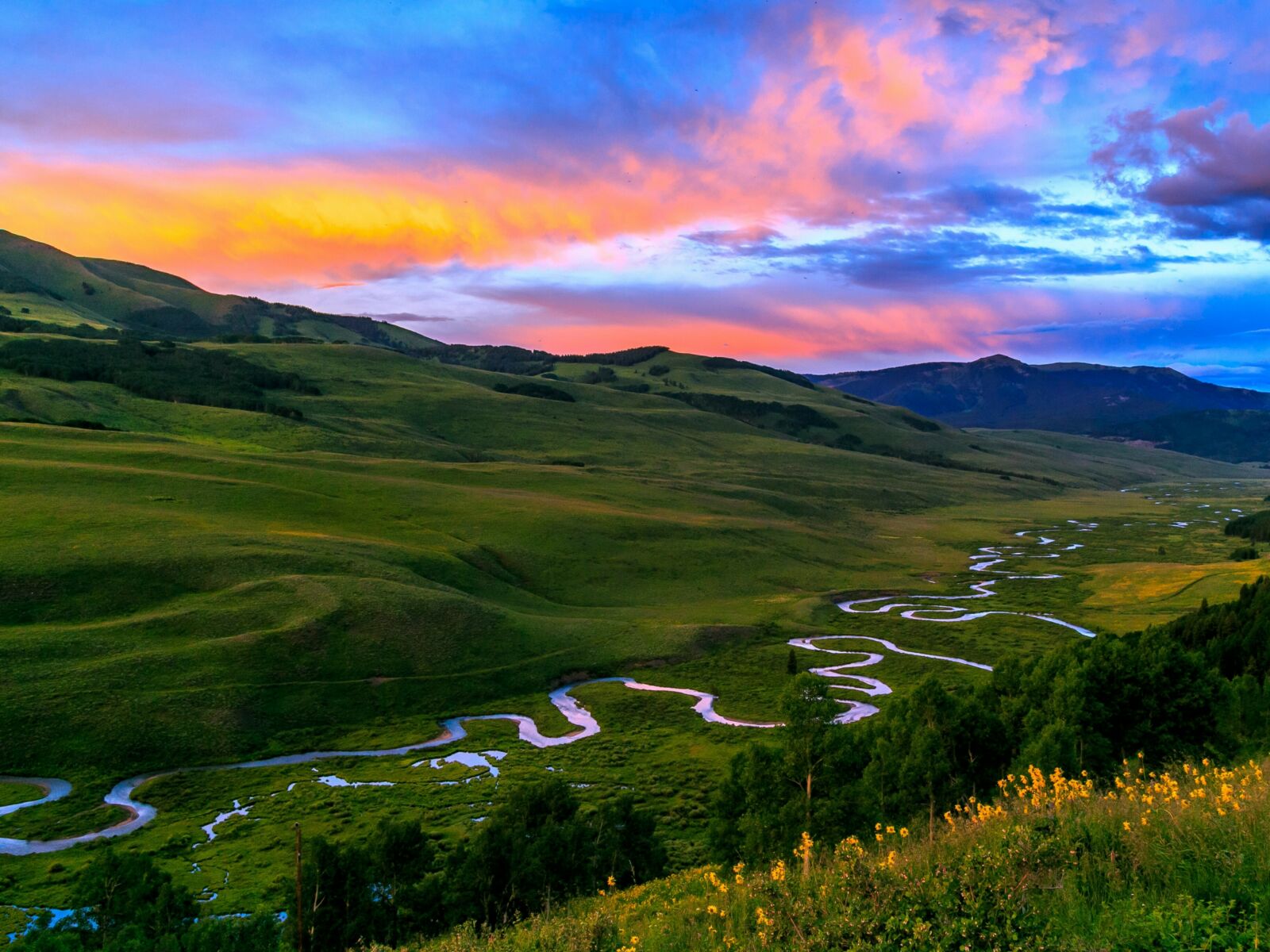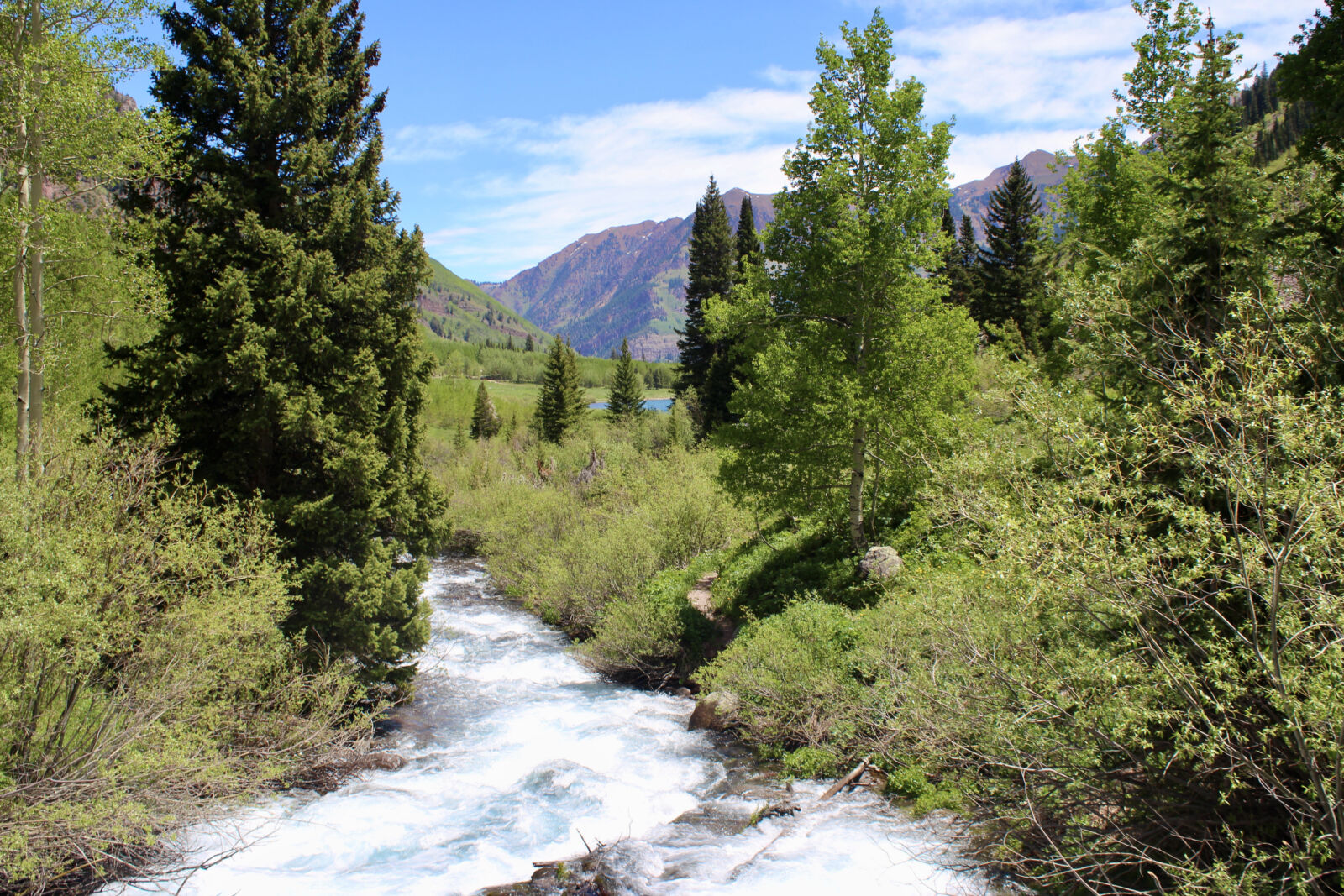The disproportionate contribution of the snowpack captured by high-elevation headwaters on National Forests is critical to total Colorado River flows. While National Forests comprise less than 20% of the land area, they contribute more than 60% of the Colorado Rivers' water.
As we pursue the goal of improving forest and watershed health in our national forests, the National Forest Foundation (NFF) is embarking on an effort to increase the utilization of low-tech process-based restoration approaches to restore the vast network of tributaries which feed the Colorado River.



